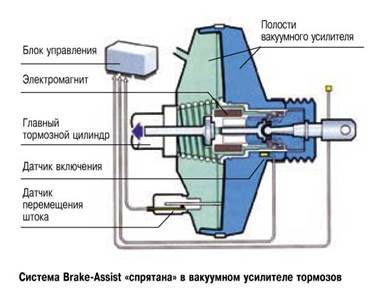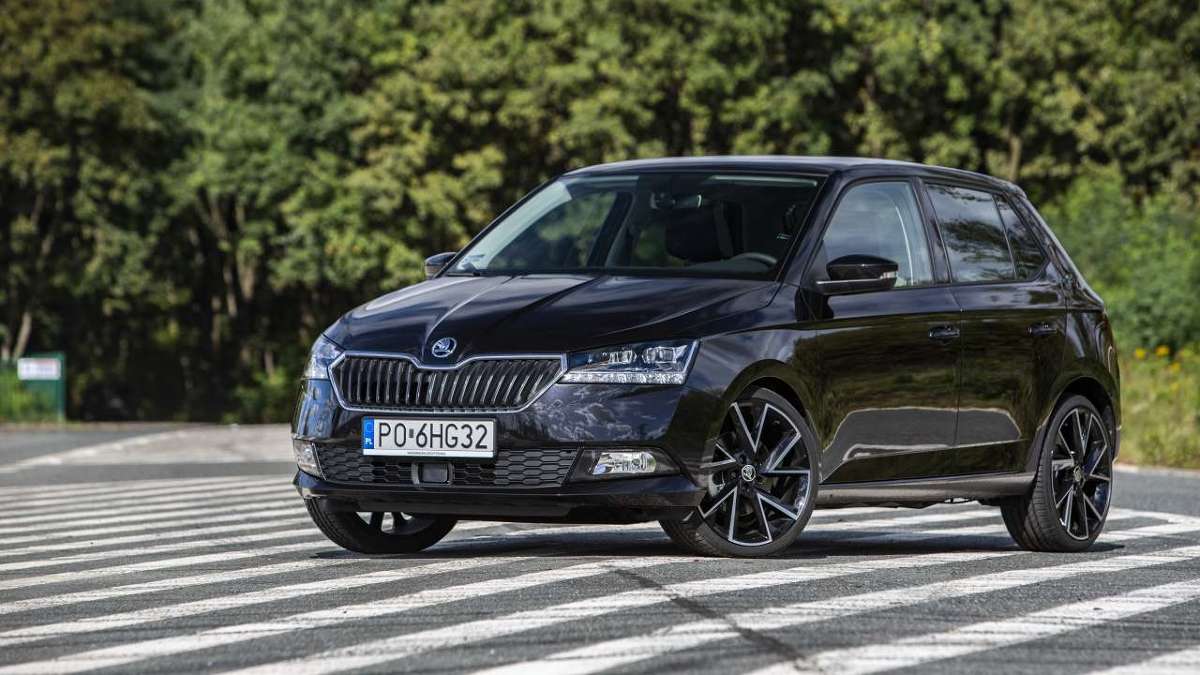
Security systems. Electronic braking
 One of the basic principles of safe driving is the speed of the driver's reaction to dangerous situations. In modern cars, the driver is supported by safety systems, which include monitor effective braking.
One of the basic principles of safe driving is the speed of the driver's reaction to dangerous situations. In modern cars, the driver is supported by safety systems, which include monitor effective braking.
Until recently, electronic driver assistance systems, including braking, were reserved for higher-end vehicles. Currently, they are equipped with cars of popular classes. For example, Skoda vehicles have a range of solutions that improve driving safety. These are not only ABS or ESP systems, but also extensive electronic driver assistance systems.
And so, for example, a small Skoda Fabia can be equipped with a function to control the distance to the car in front during emergency braking (Front Assistant). The distance is controlled by a radar sensor. The function works in four stages: the closer the distance to the predecessor, the more decisive the Front Assistant. This solution is useful not only in city traffic, in traffic jams, but also when driving on the highway.
Safe driving is also ensured by the Multicollision Brake system. In the event of a collision, the system applies the brakes, slowing the Octavia to 10 km/h. Thus, the risk caused by the possibility of a second collision is limited, for example, if the car bounces off another vehicle. Braking occurs automatically as soon as the system detects a collision. In addition to the brake, the hazard warning lights are also activated.
In contrast, the Crew Protect Assistant fastens seat belts in an emergency, closes the panoramic sunroof and closes the windows (powered) leaving just 5 cm of clearance.
The electronic systems that Skoda is equipped with support the driver not only when driving off-road, but also when maneuvering. For example, the Karoq, Kodiaq and Superb models are equipped as standard with Maneuver Assist, which is designed to help with maneuvering in parking lots. The system is based on vehicle parking sensors and electronic stability control systems. At low speeds, such as during packaging, it recognizes and reacts to obstacles. First, it alerts the driver by sending visual and audible warnings to the driver, and if there is no response, the system will brake the car itself.
Although cars are equipped with more and more advanced assistance systems, nothing replaces the driver and his reaction, including quick braking.
– Braking should begin as early as possible and apply the brake and clutch with full force. In this way, braking is initiated with maximum force and at the same time the motor is switched off. We keep the brake and clutch pressed until the car comes to a stop, explains Radosław Jaskulski, instructor at Skoda Auto Szkoła.